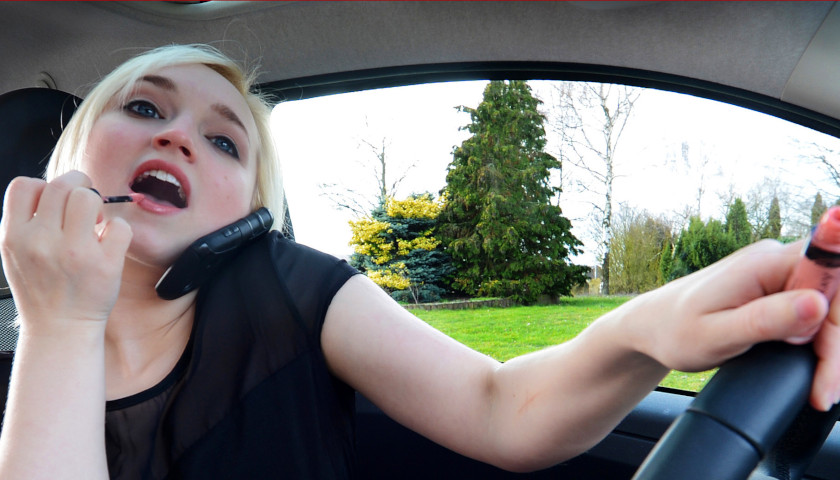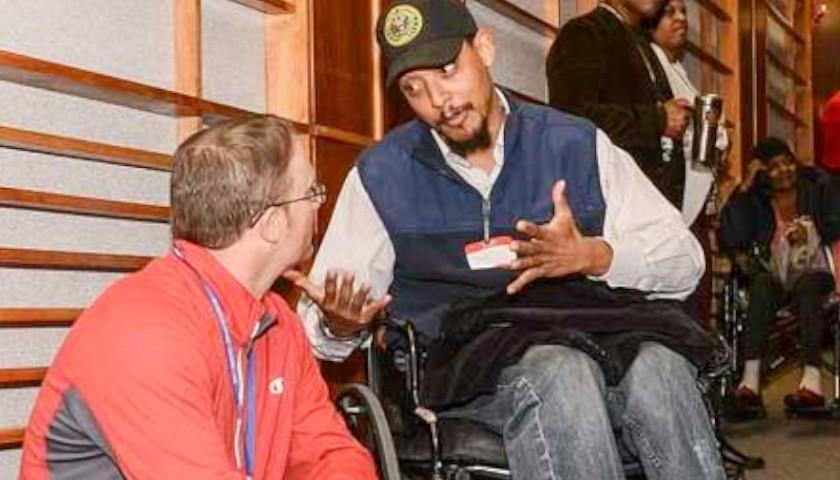by J.D. Davidson
Drivers should see more Ohio State Highway Patrol troopers throughout the state this weekend with an eye on cellphone usage as strict enforcement of the state’s distracted driving law began this week.
As the warning period ends and law enforcement can begin stopping drivers for cellphone use and issuing fines of at least $150, Gov. Mike DeWine calls the new state law a lifesaver.
“In just six months, this law is saving lives by changing the culture around distracted driving and changing the behavior of drivers behind the wheel,” DeWine said. “I am grateful to every driver who has chosen to put their phones down, and I encourage other drivers to commit to doing the same. There is no acceptable amount of distracted driving.”
New data from the Ohio State Highway Patrol showed distracted driving crashes hit a record low in September compared to each month dating back to January 2018.
May 2018 showed the highest number of distracted driving crashes, with 1,383. Last month, there were 576 distracted driving crashes.
Troopers are expected to be more visible on distracted driving corridors, including I-71 in Delaware County, I-77 in Summit County, I-70 in Guernsey County and U.S. 35 in Jackson County.
“There is still more work to do, but we expect an even bigger drop in distracted driving now that enforcement is in effect and more educational messaging is available to drivers,” said Andy Wilson, director of the Ohio Department of Public Safety. “We have seen again and again how laws like this one raise awareness about the dangers of distracted driving and reduce drivers’ phone use.”
Under the previous law, distracted driving was a primary offense only for juvenile drivers, preventing officers from stopping adult distracted drivers unless those drivers also committed a separate primary traffic violation.
Exceptions to the new law include allowing adult drivers to make or receive calls using a hands-free device. Adult drivers can use GPS if they begin navigation before getting on the road. Adult drivers can hold a phone directly to their ear for a phone call, but devices may only be activated with a single touch or swipe while driving.
Adult drivers can also hold or use electronic devices while stopped at a traffic light or parked on a road or highway during an emergency or road closure. Both adults and juveniles can use phones at any time to report an emergency to first responders.
– – –
An Ohio native, J.D. Davidson is a veteran journalist with more than 30 years of experience in newspapers in Ohio, Georgia, Alabama and Texas. He has served as a reporter, editor, managing editor and publisher. Davidson is a regional editor for The Center Square.





